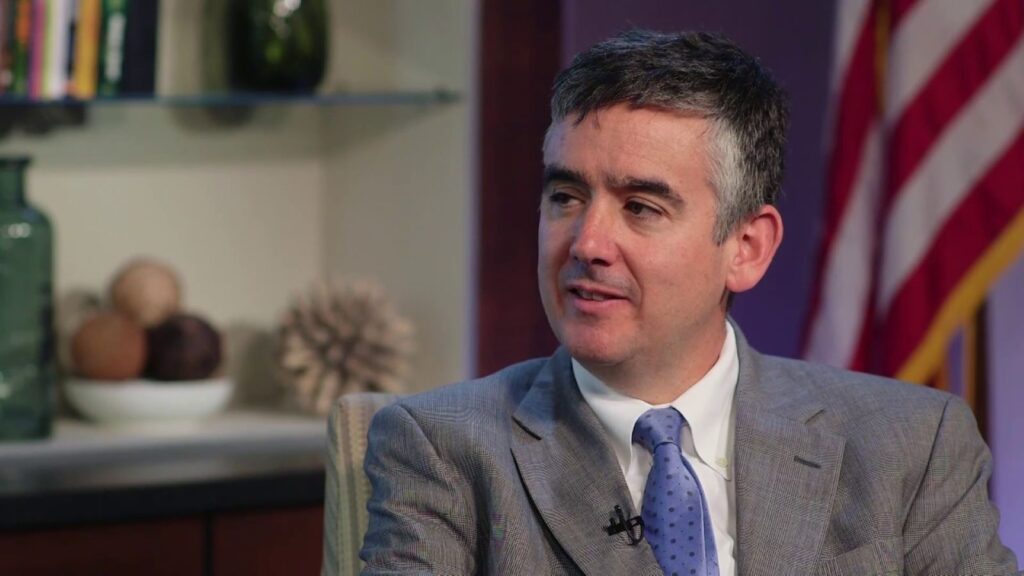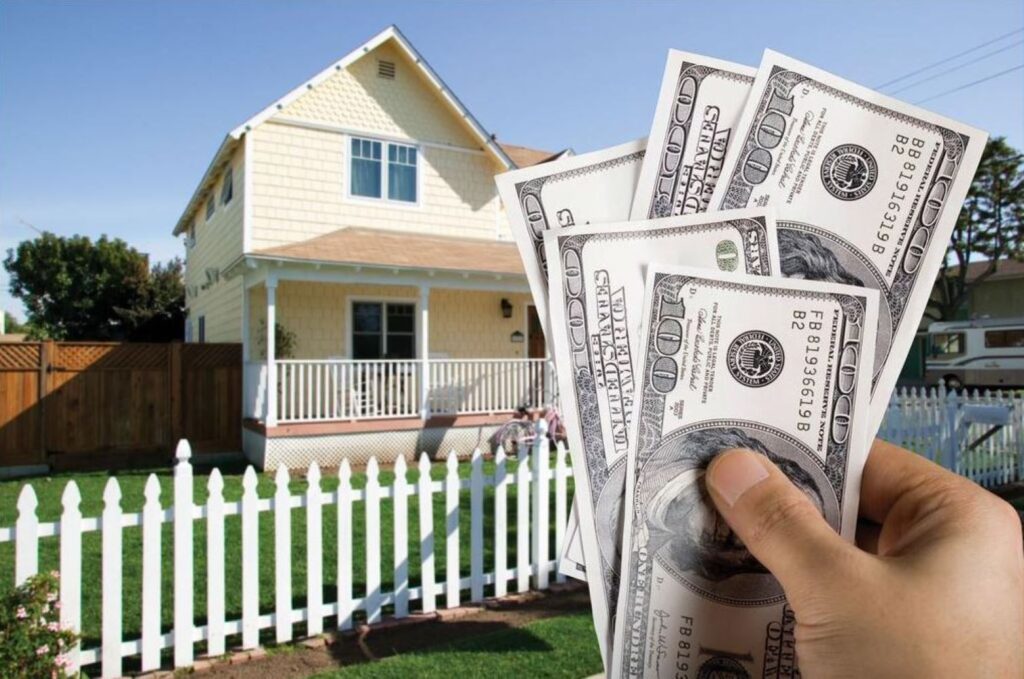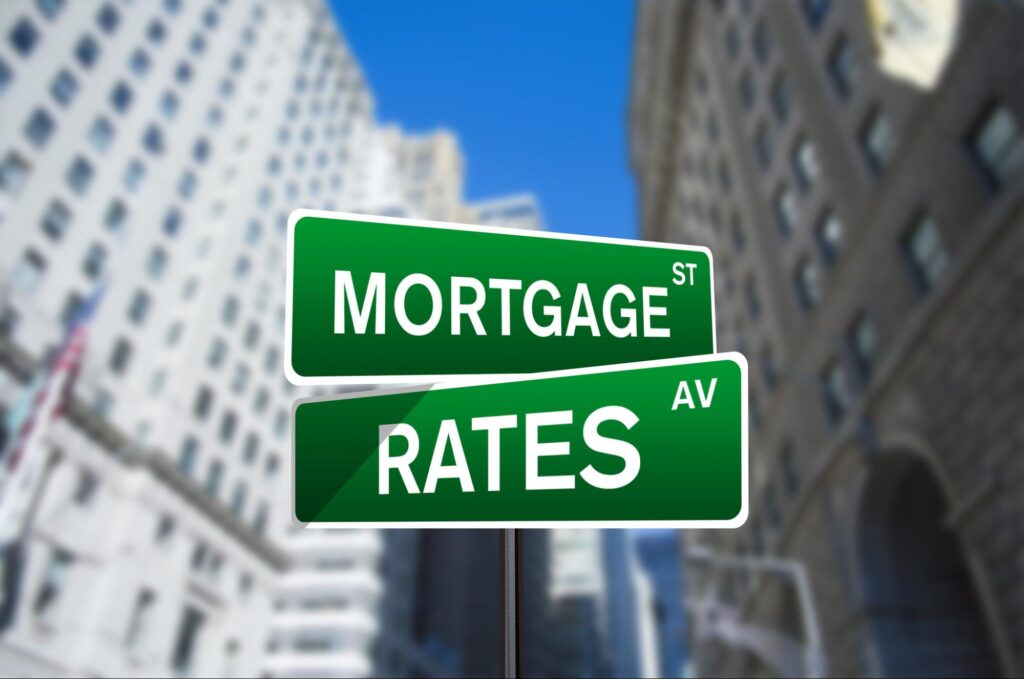Early this year, the real estate market took off on a sluggish note. Homebuyers, particularly first-timers, were reluctant to finance a mortgage at high rates.

So, many buyers decided to wait out the hike and unpredictable fluctuation of mortgage rates before putting pen to paper. However, things picked up briefly in March, thanks to home refinancers.
A Sudden Jump In Mortgage Applications
The Mortgage Bankers Association (MBA) reported in mid-March that there was a notable increase in mortgage applications in the first week of March. However, after perusing available data, they discovered most of the mortgage applicants were only refinancing their homes.

This rush to refinance is due to the fall in mortgage rates in the first week of March.
Refinancing Dominated the Real Estate Market in Early March
The MBA’s estimation of the Refinance Index showed that it spiked by an alarming 12 percent in the first week of March. Likewise, the year-on-year increase of the Refinance Index was plus five percent, in comparison to that of the previous year.

Real estate analysts suggest that this change in activities on the market is due to a sudden spike in mortgage applications.
Low Mortgage Rates Triggered the Refinancing Rush
According to the MBA, mortgage rates went below 7 percent, which then prompted many homeowners to apply for fresh mortgages in a bid to refinance their property. It is suggested that the fall in rates is a reflection of stability in the job market.

The mortgage application rush, in the first week of March, resulted in a 7 percent spike in the volume of mortgage applications.
Experts Speak On the New Trend
MBA’s chief economist, Mike Fratantoni, puts the realities of the real estate market in that first week of March into perspective.

He said, “Mortgage rates dropped below 7 percent last week for most loan types because of incoming economic data showing a weaker service sector and a less robust job market.”
Unemployment, Mortgages, and Inflation: The Relationship
Fratantoni also affirms that “an increase in the unemployment rate and downward revisions to job growth in prior months” are equally responsible for the decline in mortgage rates.

Providers of products and services are following the trend line of unemployment and how it has initiated a domino effect in the US economy. This may eventually reduce spending among American households and slow down inflation.
The Federal Reserve Wields the Magic Wand
Post-pandemic economic realities have forced the Federal Reserve to fiddle with the fixed rates. The inflation was so bad that the financial regulator had to take the mortgage rate to the highest value it has seen in the past 20 years.

However, the Federal Reserve may loosen the noose a bit as inflation’s bite starts to mellow.
How Inflation is Holding the Real Estate Market to Ransom
As inflation slows, the real estate market may experience more cuts in the mortgage rate. This may also trigger an increase in real estate transactions as houses would become relatively more affordable.

However, the unemployment rate in the nation is an important metric that influences the proportion of Americans who would be financially capable of financing a new home.
Unemployment Also Has a Fair Share of the Blame
Regarding unemployment, recent data indicates there are slight improvements. However, aggregate calculations still infer the presence of notable deficits in the number of Americans with gainful employment.

The Bureau of Labor Statistics reported that about 275,000 new jobs were listed by employers in February. However, the number dipped in the two months that followed.
Unemployment Affects Purchasing Power
So far, unemployment rates have increased to 3.9 percent and have inversely affected mortgage rates. The decade-long highs of fixed mortgage rates went slightly above 8 percent in 2023.

So, in the first week of March, as unemployment rates increased and inflation slowed, mortgage rates also declined.
A Momentary Decline in Mortgage Rates
From the 8 percent mortgage rates of last year, there was a decline to 6.84 percent in the first week of March. The rate was just a bit over 7 percent in the last week of February.

For about a year, the real estate market has seen a reduction in the number of mortgage applications that involve refinancing.
Homeowners Recalibrate High Rates On Mortgage Payments
There was a rush to refinance homes in that first week of March, all thanks to the unannounced decline in mortgage rates.

However, according to the MBA, people who bought homes around that period were mostly seeking the opportunity to reduce their monthly mortgage payments.
Refinancing Still Relatively Low
Nonetheless, the MBA suggests that refinance activities are still at a low ebb. Fratantoni said, “Refinance volume picked up by 12 percent, with a larger, 24 percent increase in the government refinance index.”

Fratantoni is also of the opinion that the relatively low turnout of home refinancers indicates that “borrowers who took out a loan at or near the peak of rates in the past two years.”
Anticipation of Another Hike In Rates
However, real estate analysts are already anticipating a resurgence in high mortgage rates. They deducted this from the increase in inflation in the second week of March relative to initial predictions.

This means that the Federal Reserve would likely revert to using its financial facilities to drive borrowing costs higher, increase sale prices, and control inflation.
Real Estate Transactions Dependent on the Federal Reserve
The Consumer Price Index (CPI) inflation in February was reported to be 3.2 percent. Meanwhile, the US central bank is looking to bring it to 2 percent. So, it is unlikely that mortgage rates would ease if that goal has not been achieved.

Mortgage News Daily reported in the second week of March that the mortgage rate had risen to 6.94 percent from 6.84 percent the previous week.

